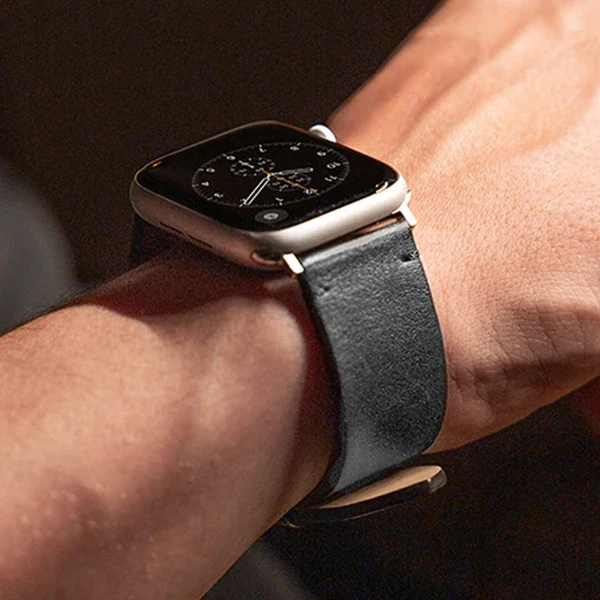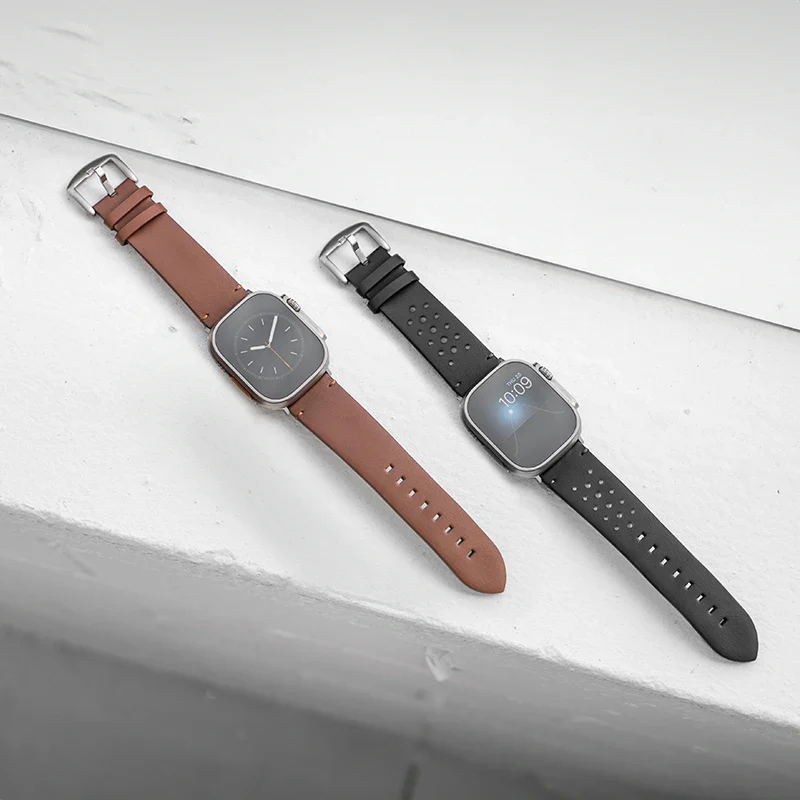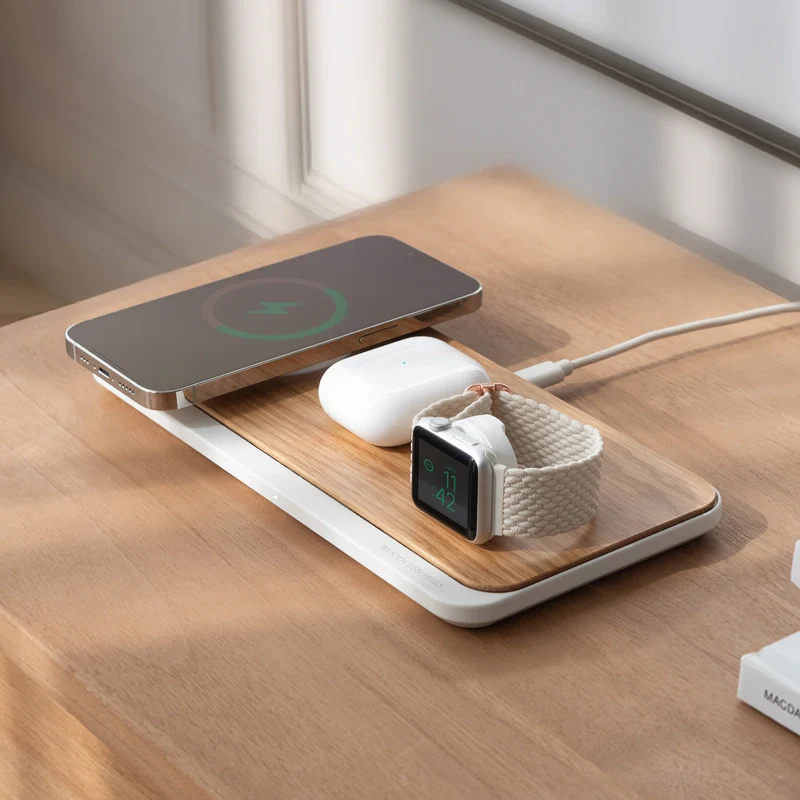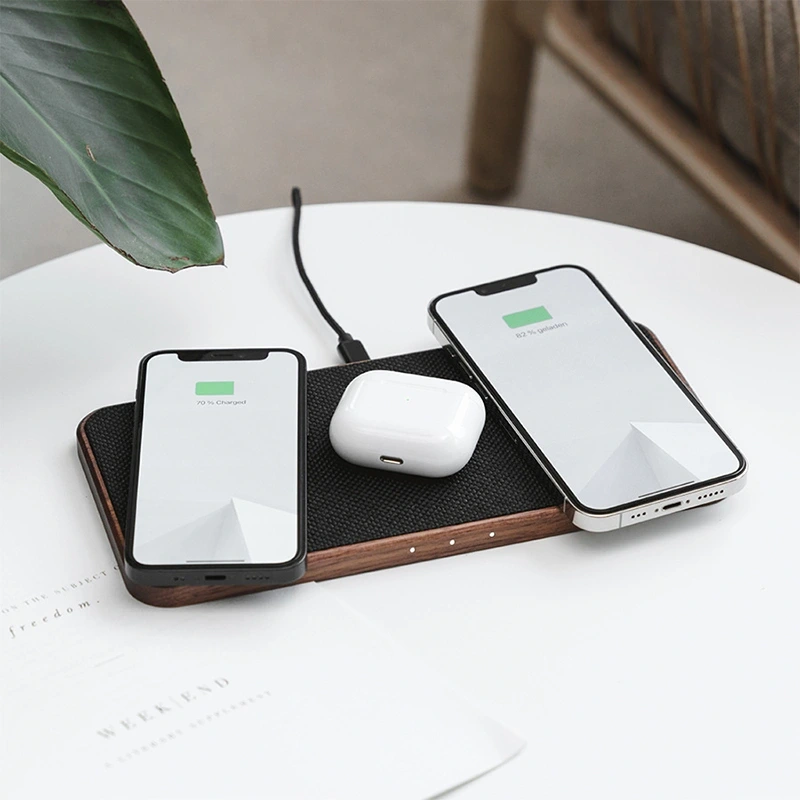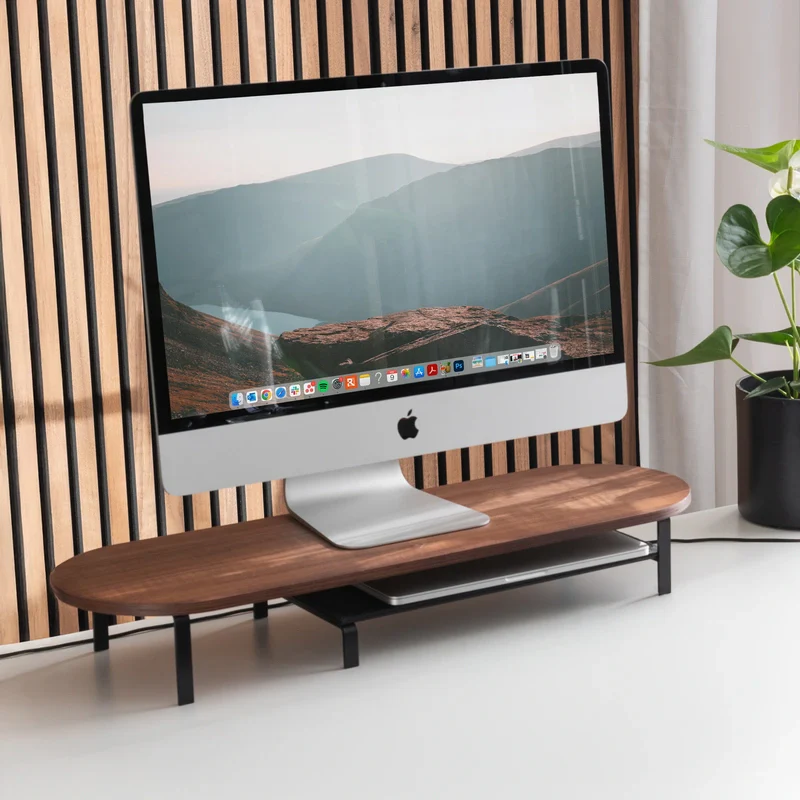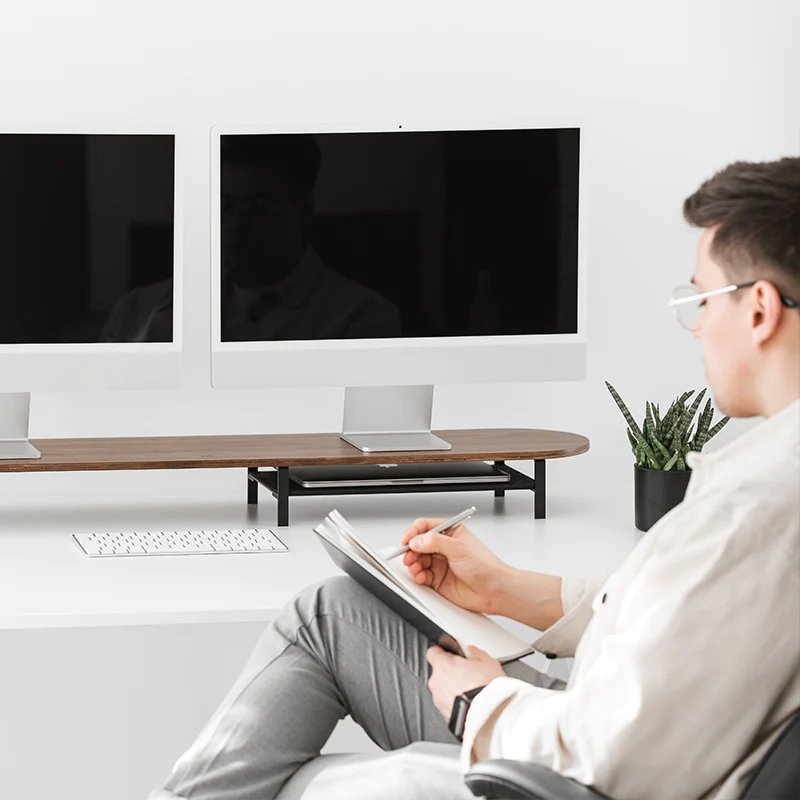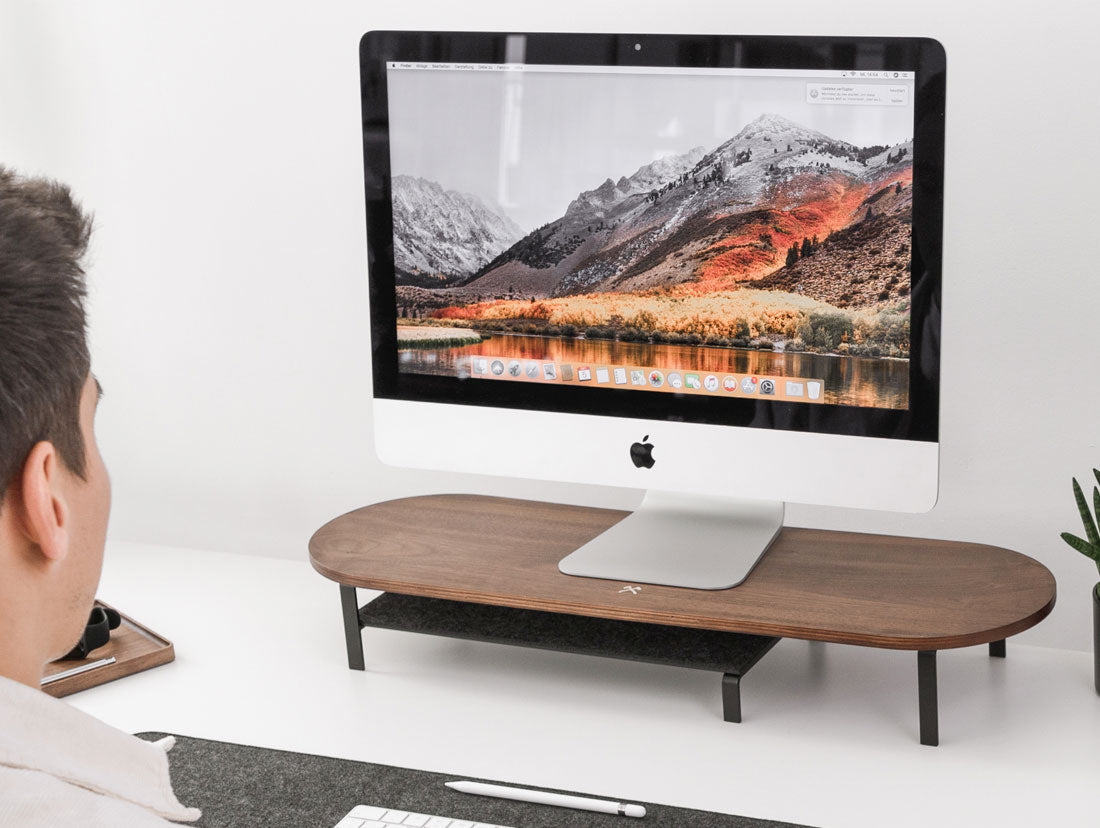Since there are many important guidelines to protect you from long-term stress, we'll show you how the Woodcessories team can work healthily at their desks. Below you will find a small guide to working ergonomically at your desk, because even in the home office these guidelines should be followed to create a better and especially healthier working environment.
First and foremost, it doesn't pay to save money at the expense of your health. Sure, good office equipment is expensive, but it's better to invest more money in high-quality ergonomic work equipment and furniture than to be burdened with the health consequences later.
Need help with ergonomic workstation design? The STA sequence is always a good place to start. Most important of all is the right chair. The right posture makes a lot of difference and allows your body to work healthily. After that, you should take care of an ergonomic table and work equipment. Only then can you dedicate yourself to fine tuning.
Discover our sustainable desk accessories for an ergonomic workplace!
Ergonomic office chair
Unfortunately, no matter how comfortable your favorite chair may be, if it doesn't meet the right requirements, it too will cause back pain in the long run. The first no-go is the lack of armrests. Any good swivel chair should have adjustable armrests and backrest, and the backrest should also be adjusted to the shape of your spine with a bulge (called a lumbar bulge) at belt level to support your lower back.
The optimum seat height is 42-53 cm, depending on body size, with a seat width of 40-80 cm and sufficient freedom of movement under the desk (at least one hand should still fit between the edge of the desk and the thigh). The best sitting posture is the so-called open sitting angle of 110°-120° between upper body and thigh and at least 90° from upper to lower leg. At best, the armrests should form a line with the table surface to provide optimal support while working at the desk.
 |
 |
| Ergotopia Nextback ergonomic office chair | Trend Office Office chair to-strike comfort pro |
Ergonomic desk
Height adjustability is also a must for the optimal desk. This means that the desk can not only be adjusted to your individual height, but can also be transformed into a standing desk at any time. Regularly alternating between sitting and standing is recommended, whereby it is best to follow the 40-14-5 rule, i.e. sit for 40 minutes, stand for 15 minutes and move for 5 minutes.
Your desk is at the right height when your forearms can rest relaxed on the tabletop at a 90° angle. Whether sitting or standing, you should place equal weight on both soles of your feet and place them fully on the floor. In addition, you can use a footrest or stool and invest in a foot mat that is easy on the body and relieves the strain on your muscles when standing for long periods of time.
To ensure an ergonomically optimized workspace, your desk should have enough work surface of at least 160 x 80 cm on which you can store all essential work tools within easy reach. Ideally, you should give all your utensils a fixed place and arrange the desk as symmetrically as possible to avoid a visual imbalance that can subconsciously distract you. Slanted shelves and holders are also recommended to make it easier to look at documents without constantly straining your neck as you lean forward. Clear away anything unimportant into drawers and tuck your cables out of the way to keep your workspace sorted and clean. A visually pleasing work environment can do a lot for your concentration and motivation!
Finally, make sure your desk is ergonomic. Never sit with your back to the door, as this automatically makes everyone uncomfortable, and rather set up your desk parallel to the window. This way you'll get plenty of daylight without being blinded (a low-reflection surface will also help here), and at the same time you'll have fewer potential distractions.
 |
 |
| Ergotopia Pro X Electric Height Adjustable Desk | Unistation height adjustable desk |
Supporting work tools
With an ergonomic desk and desk chair you already do a lot for your posture and relief of the back muscles. But for long screen work, it is even more important to protect your eyes and wrists with the right technical accessories. It's not for nothing that people warn against overstraining your eyes and wrists. Remedy is here supporting equipment that your screen, keyboard & Co properly ergonomic and prevent long-term injuries.

Ergonomic screen stand
Actually, monitor stands are already part of the basic equipment, but for all those who do not have one yet, it is high time! An ergonomic monitor stand brings your monitor to the right working height, relieves your eyes and improves your concentration. Here you often have the choice between fixed monitor stands, swiveling screen holders for more flexibility or screens with integrated adjustable foot.
No matter which monitor stand you choose, for ergonomic screen work, the top edge of your monitor should be at eye level or slightly lower and the tip of your nose should point to the center of your screen. This keeps your posture upright and tilts your gaze ever so slightly downward, relieving strain on both your eyes and neck. In general, your monitor should be 45-70 cm away from your face and as far back on your desk as possible. These guidelines increase depending on the size of your monitor. Therefore, the distance should be approx. 80 cm for a screen over 18 inches and even min. 90 cm for larger 24-inch monitors.
Discover our ergonomic monitor stands made of premium real wood!
 |
 |
| Woodcessories Monitor Stand | Ergotron LX Monitor Arm |
The optimal screen size varies and should be adjusted to your most common activities. A University of Utah study looked at productivity levels at different screen sizes and found that widescreen monitors of 24 inches increased your productivity by 52% over small 18 inch screens, while using two 20 inch monitors led up to 44%. However, when working with spreadsheets and datasets, dual monitor setups win with 29% improvement, as parallel working with better resolution is recommended here.
Ergonomic laptop stand
Also for the work with laptops and notebooks should be Laptop stands should be used to raise your device to the optimal working height and facilitate longer screen work. Here, you should also ensure sufficient distance from the screen, with a 15-inch laptop recommended for professional activities. Even better, however, is the addition of an external monitor, which allows you to work more efficiently with higher resolution.
Click here for our ergonomic laptop stands!
 |
 |
| Woodcessories Laptop Stand | Wooden butiq Laptop stand stando |
Ergonomic keyboard
An external keyboard is a given for monitors and only recommended for laptops. It should be close enough to your body, but at least 10 cm away, to ensure the best posture for your arms. For proper relief of your wrists, however, you should get a wrist rest with padding that protects your joints. Your hand should not be bent and should lie straight to your forearm to avoid overstraining and discomfort in the long run. We also recommend a two-part ergonomic keyboard for a better arm position and thus less neck pain.
 |
 |
| Microsoft Sculpt Ergonomic Desktop | Logitech wireless split keyboard |
Ergonomic mouse
An ergonomic mouse should also not be missing, because this also helps to protect your wrists and prevents the RSI syndrome (also called "mouse arm"), especially a vertical mouse helps the hand by placing your hand vertically on the mouse and thus corresponds to the intuitive arm position. In the best case, the mouse arm and the edge of the table should be at right angles to each other and as close to your keyboard as possible, so you don't have to stretch across the table.
 |
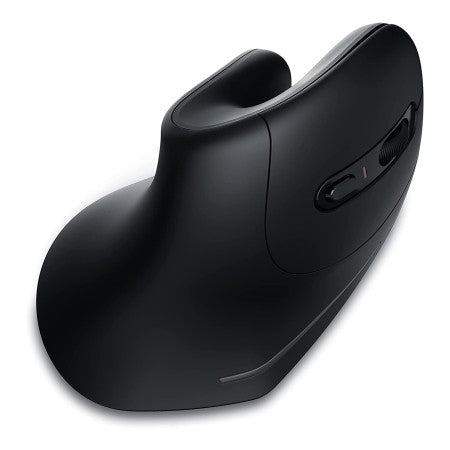 |
| Logitech MX Vertical advanced ergonomic mouse | CSL vertical mouse v2 |
More tips for an ergonomic home office:
- In addition to regular breaks and exercise, you should also make sure to drink enough and ventilate regularly to help you concentrate. A working environment with a temperature between 20-24°C and an optimal humidity of about 50% is recommended.
- It's best to set up your home office in a noise-protected, bright room - daylight lamps often help with darker rooms. It's also important to separate your work area from areas where you eat or sleep, so there are fewer distractions.
- Small desk workouts and meditations will improve your concentration in the long run, and smart methods like the aforementioned 40-15-5 rule and Pomodoro technique (25 minutes of focused work and 5 minutes of break) will help you increase and maintain your productivity throughout the day.



